Cats are fascinating creatures, known for their mysterious behaviors and endearing quirks. Among these quirks is a behavior known as kneading, where cats rhythmically push their paws into soft surfaces like blankets, pillows, or their owner’s lap. This behavior is often accompanied by purring and a look of bliss. But what is the science behind cat kneading, and what does it mean? In this article, we will explore the reasons why cats knead and the significance behind this instinctive behavior.
What is Kneading?
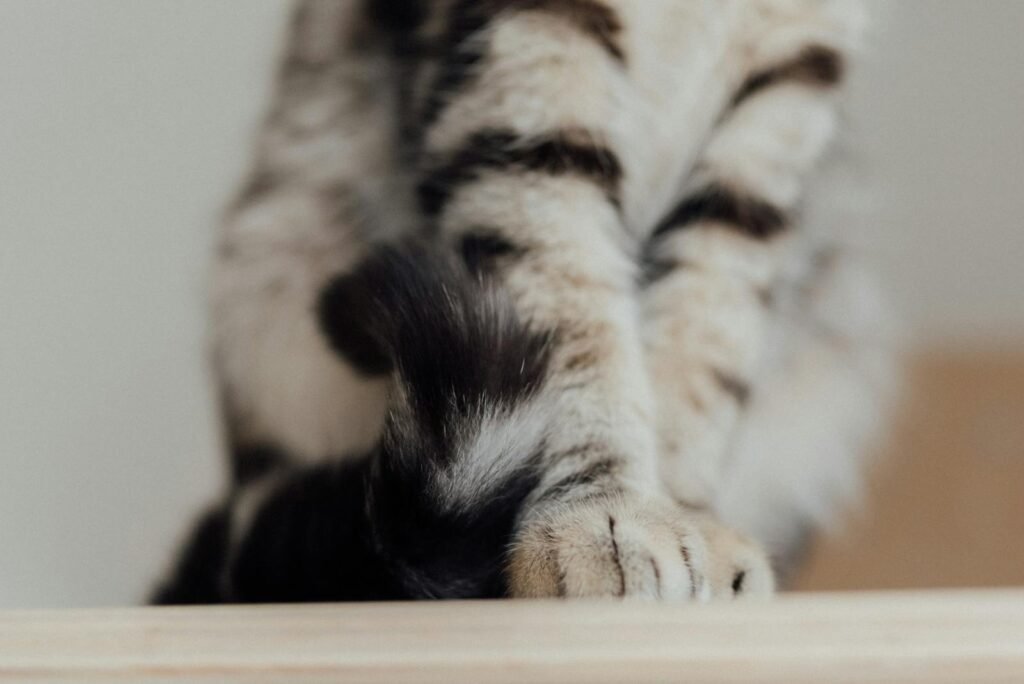
Kneading is a repetitive action where a cat presses its paws into a soft surface, alternating between left and right limbs. The motion resembles a baker kneading dough, hence the name. While kneading, cats can appear extremely content, often purring and sometimes even drooling as they perform this behavior.
Evolutionary Origins
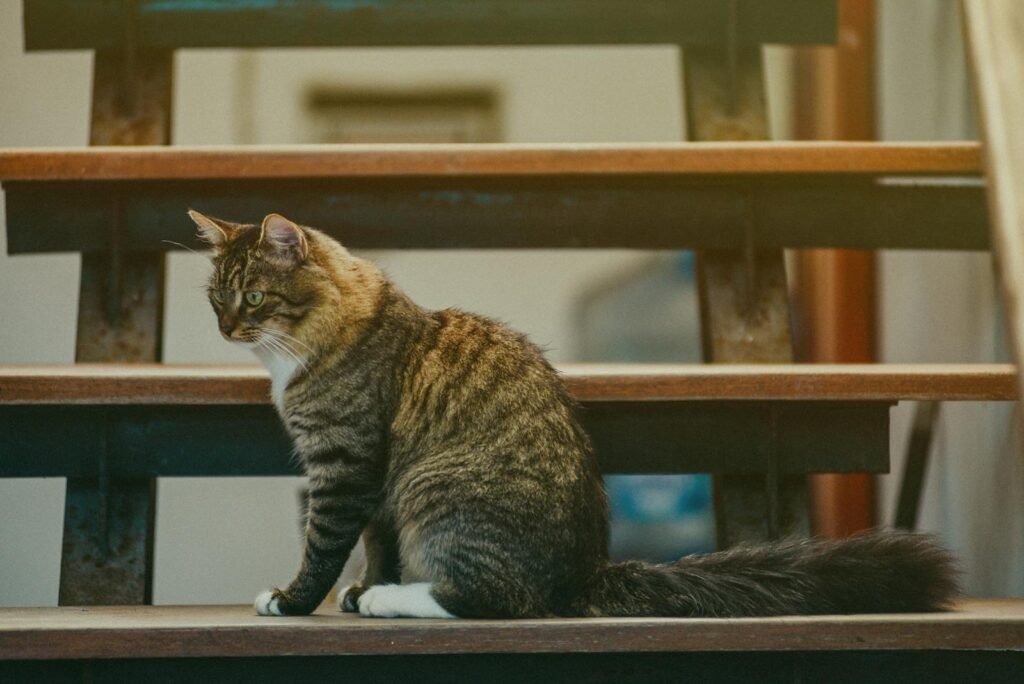
Kneading is believed to have evolutionary origins, tracing back to the earliest days of a cat’s life. As kittens, cats knead their mother’s belly to stimulate milk flow while nursing. This action becomes associated with comfort and nurturing, carrying over into adulthood as a self-soothing behavior.
Marking Territory and Scent Glands
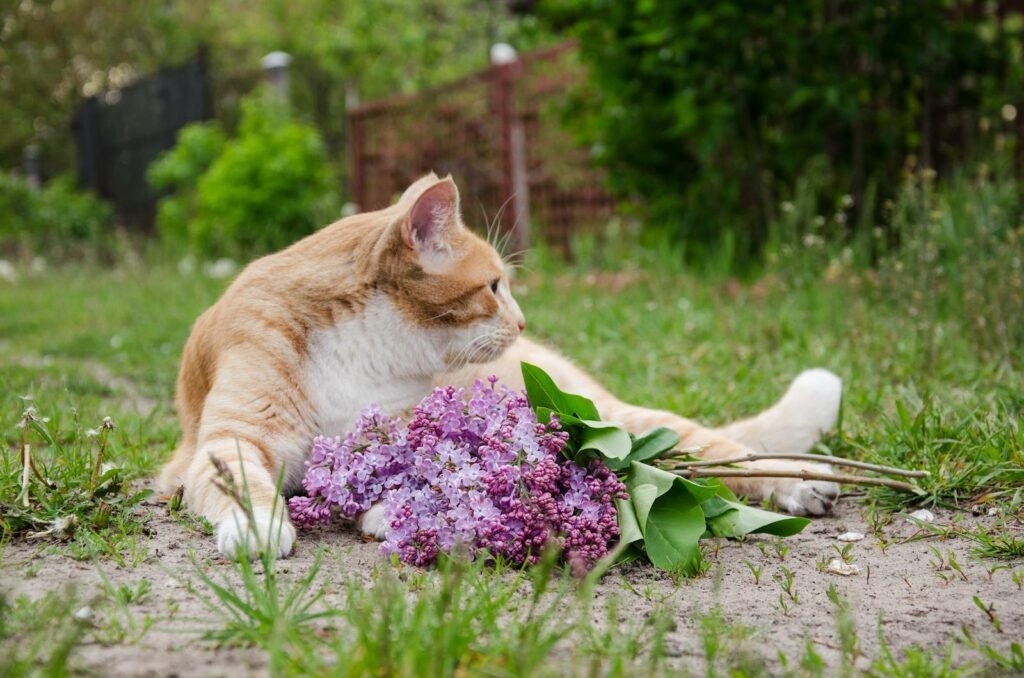
Cats have scent glands located in the pads of their paws. When they knead, they release pheromones onto the surface they’re kneading. This behavior is considered a territorial action, as the scent marks the area as familiar and safe, asserting ownership in a subtle, chemical way.
Comfort and Contentment
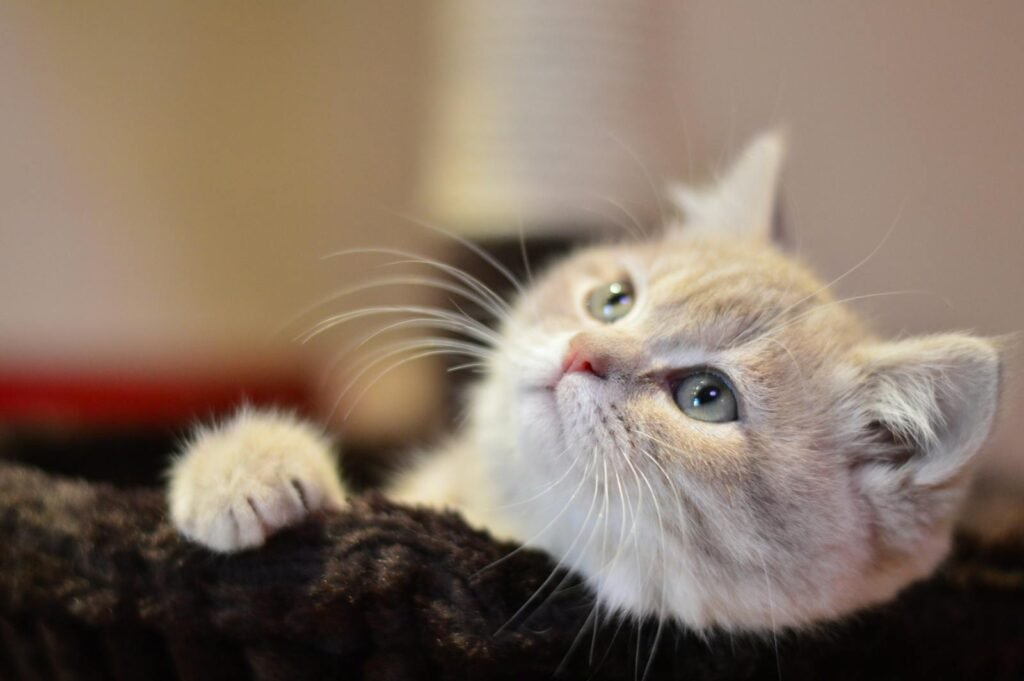
Many cat owners observe that their pets knead when feeling relaxed and happy. This could be a throwback to their kittenhood when kneading was associated with nourishment and warmth. For cats, the sensation of kneading may elicit feelings of comfort and security, similar to a human’s fondness for certain childhood habits or objects.
Communication with Humans
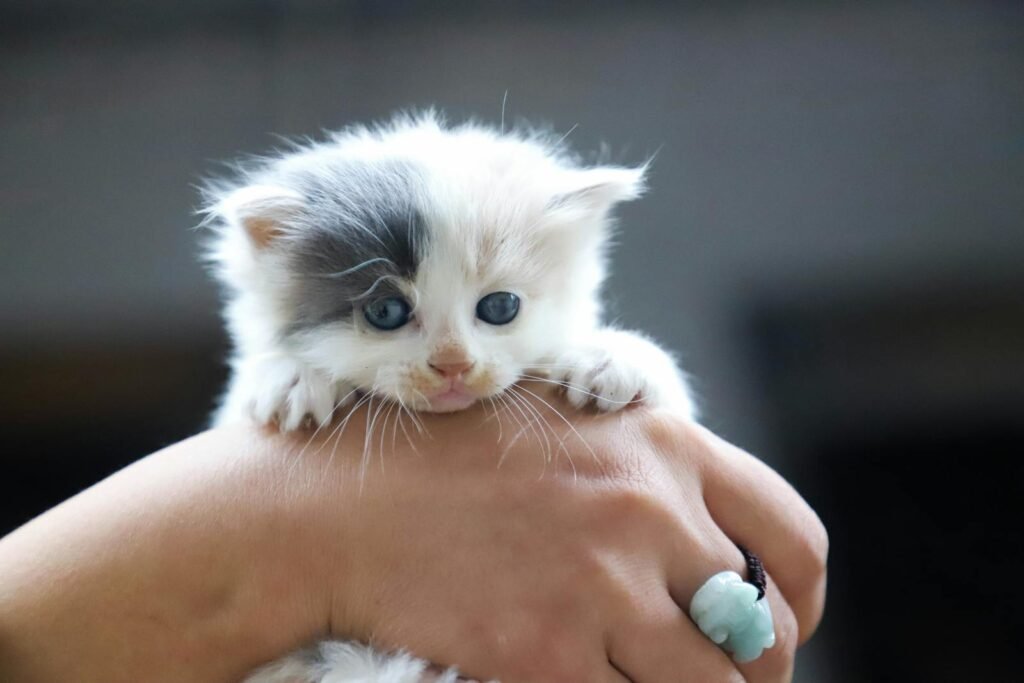
Kneading can also be a form of communication with humans. When a cat kneads on a person, it often implies affection and bonding. The action is a way of showing trust and love while also seeking attention or a comfortable cuddle session.
Health Benefits of Kneading
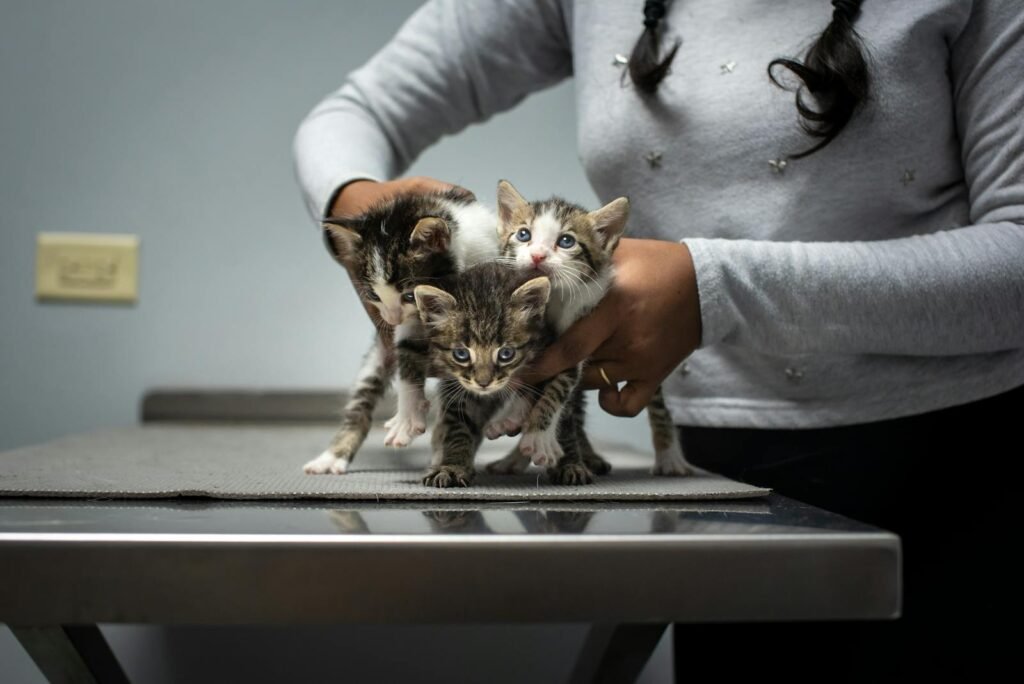
The physical action of kneading can help cats in maintaining their flexibility. The rhythmic stretching keeps their muscles toned and increases blood circulation. It is similar to humans stretching their muscles to stay limber and relieve stress.
A Sign of Nest-Making Instinct
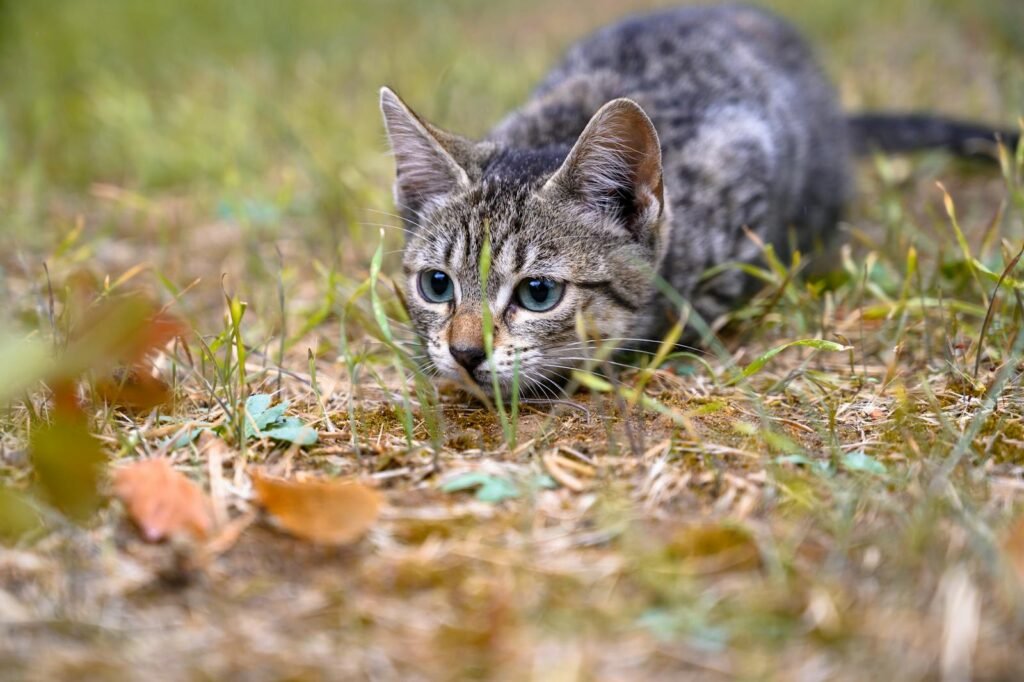
Some experts suggest that kneading is a residual nest-making instinct. In the wild, felines might knead grass or leaves to create a soft and comfortable resting area. This behavior may have been passed down through generations, reflecting natural instincts for comfort and safety.
Not All Cats Knead
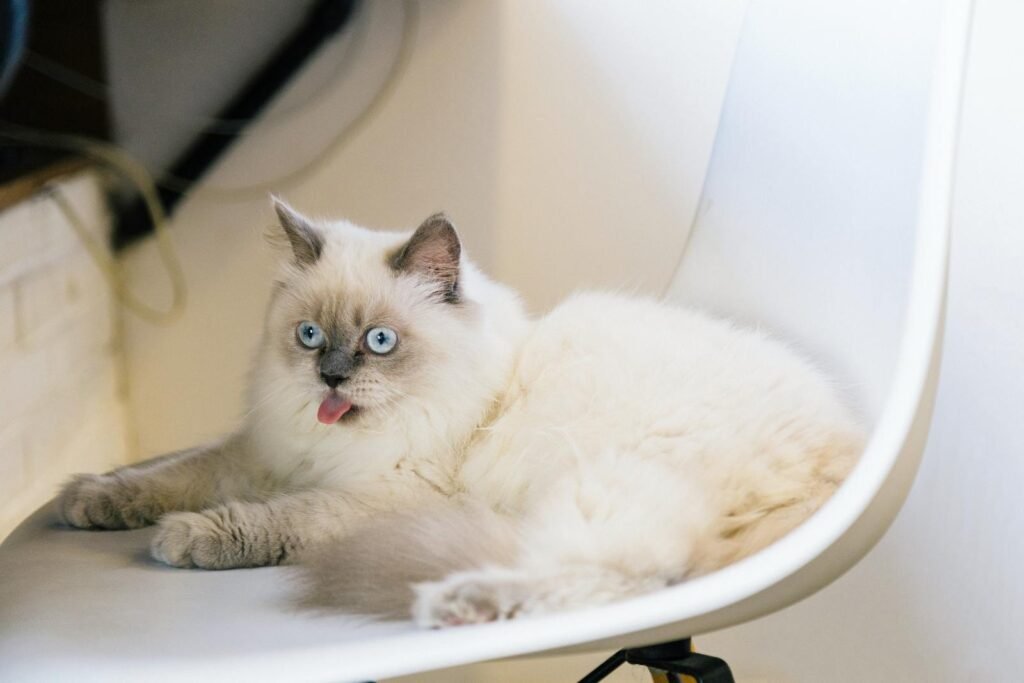
Interestingly, not all cats exhibit kneading behavior. Just like human habits, some cats may have other ways of expressing comfort or marking their territory. Variations in personality and learned behavior can determine whether a cat engages in kneading.
When Kneading Can Be Problematic
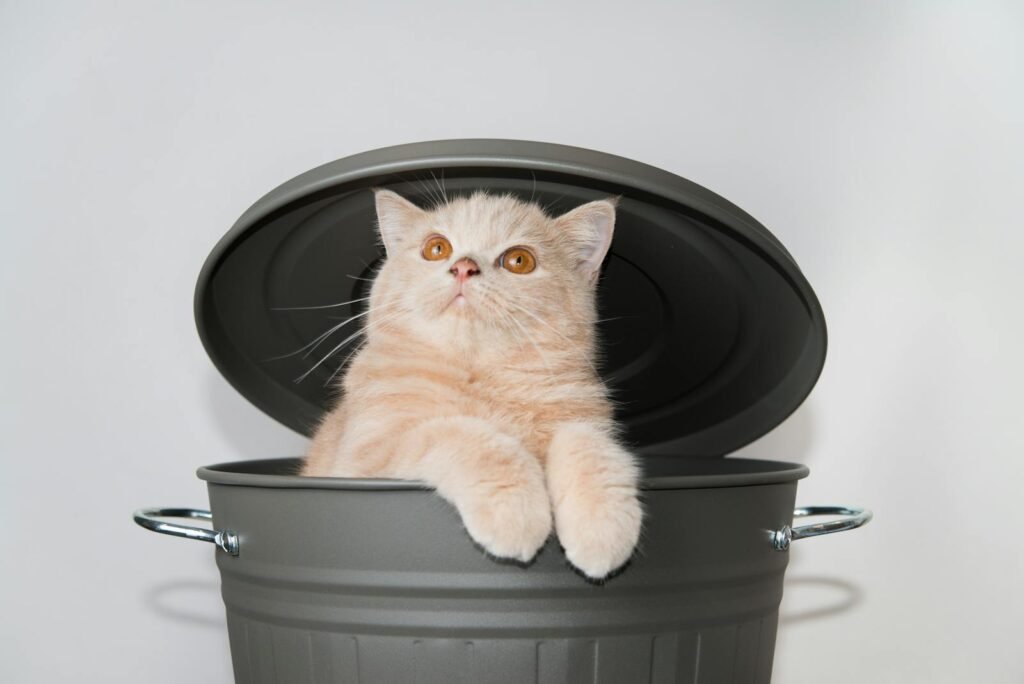
While kneading is typically harmless, it can sometimes become problematic, especially if your cat’s claws are involved. This can lead to scratched furniture or even unintended injuries if the cat is kneading on its owner. Regular nail trimming and providing appropriate surfaces for kneading can help mitigate any issues.
How to Encourage Safe Kneading
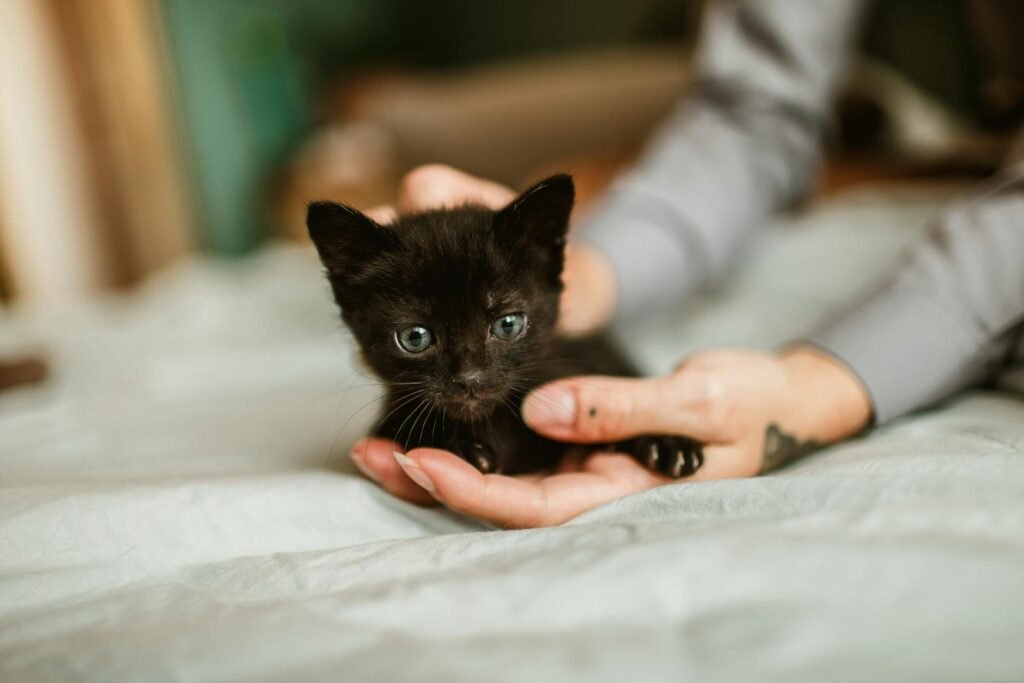
To ensure a safe kneading environment, provide your cat with soft, durable surfaces like designated blankets or cat beds. Encourage them to knead in these areas, rewarding them with gentle petting or treats when they oblige.
Understanding Your Cat’s Needs

Understanding why your cat kneads can deepen the bond between you and your pet. Recognizing this behavior as a sign of trust and relaxation can help reinforce a loving and caring relationship with your feline companion.
## Conclusion
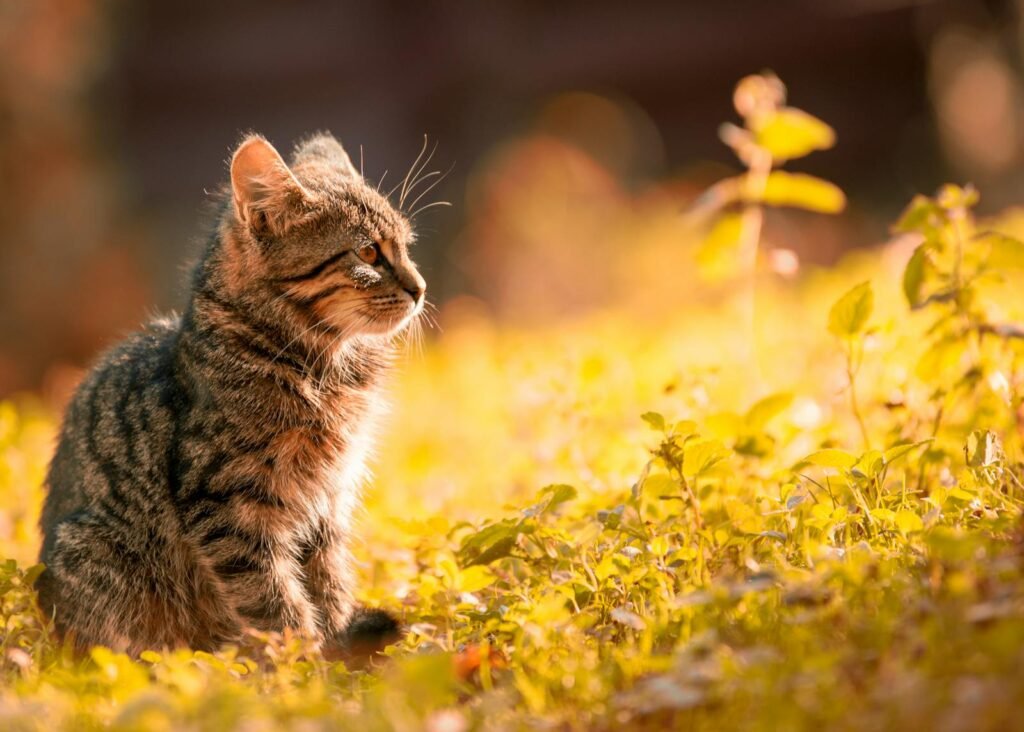
Cat kneading, an endearing and sometimes mysterious behavior, is rooted in a combination of evolutionary instinct, affectionate gestures, and territorial marking. Understanding the reasons behind kneading helps cat owners appreciate this behavior as a sign of contentment, trust, and innate feline instincts. Whether it’s marking their territory or recalling the comforts of kittenhood, kneading is an integral part of a cat’s emotional and physical well-being. In fostering this behavior safely and appropriately, pet owners can strengthen the bond they share with their feline friends, making the kneading not just a quirky habit, but a cherished aspect of their shared lives.

Growing up traveling and experiencing new cultures and wonders, I have had a passion for nature, adventuring, photography, and videography. I am currently working towards a BSc in Biodiversity and Ecology at Stellenbosch University, and I hope to specialise in Marine Sciences one day.
Please send any feedback to Feedback@animalsaroundtheglobe.com






